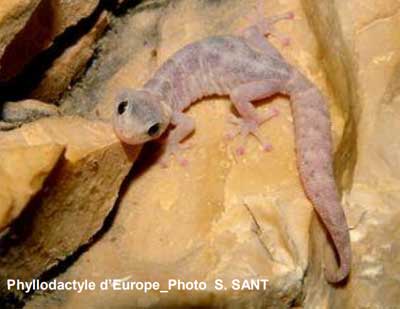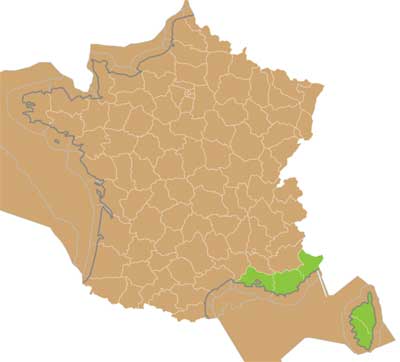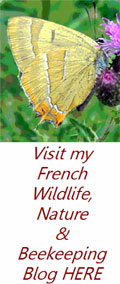
European leaf-toed gecko (Phyllodactylus europaeus) Pyllodactyle d'Europe (gecko à doigt en forme de feuille)
This is the smallest of the geckos to be found in Europe and can grow to a maximum of 8cm but 6cm is usual. Body and tail are of equal length.
They are a plump squat lizard with a flattened body and smooth skin, which can change colour - clear at night, dark during the day. Their back is covered with small smooth scales of blackish to brownish colour. They lack tubercles, a fact which distinguishes the species from other European geckos. Their head is diamond-shaped, wide and somewhat flattened, and their large globular eyes have vertically slit pupils. Their limbs are short in relation to the length of the body. Their blunt toes are provided with adhesive strips and the ends have 2 large plates separated by a groove into which the claw retracts. These 'leaf-padded' feet are better able to grip substrate in the presence of dust than those of 'basally padded' geckos and their retractable claws allow them to climb when the pads are clogged with dust.

They are crepuscular and nocturnal and live under the bark of trees, under stones, in dark, damp places. Their diet is composed of various crawling or flying insects whose skeletons are visible at the entrance to the cracks where they live
Sexual maturity is reached at two or three years. Breeding takes place in the spring, from mid-March to mid-May when struggles can take place between males or between male and non-consenting females. When this happens it can sometimes cause their tails to be broken off which regrow. There are two to three “spawnings” per female, from mid-May to the end of July when eggs are placed in cracks, scree or similar locations. Each female lays up to six eggs a year, usually two eggs per location. After an incubation of about 8 weeks the eggs hatch and a young gecko emerges no more than 1cm long.
In France, this species is strongly present on the islands of the Gulf of Marseille, La Ciotat-Bandol (Bouches-du-Rhône and Var) the islands of Eastern Hyères: Port-Cros and islets, Levant island (Var). In Corsica, it is a common species populating all rocky coastal areas, almost all the satellite islets (nearly 70 enumerated) and many areas of the interior (including the middle mountains).

Protected species in France



